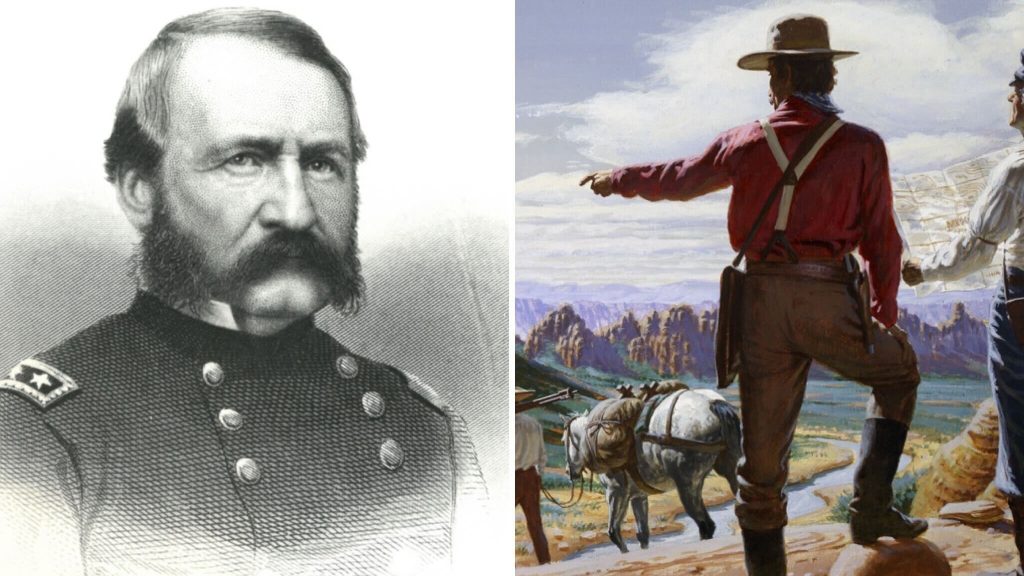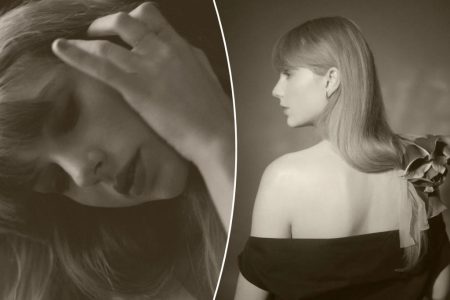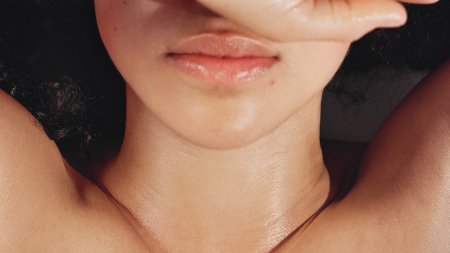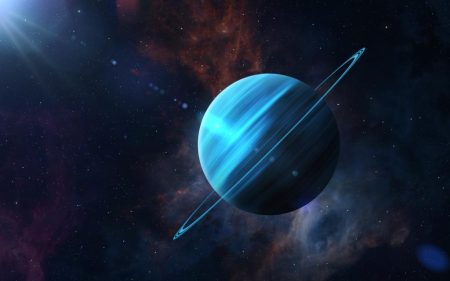William H. Emory, a U.S. Army officer, played a significant role in shaping the physical shape of the United States during the Mexican-American War and the Civil War. He defied local sentiment in Maryland and fought for the Union, rejecting offers from the Confederacy. Emory is best known for his work with the U.S. Army Corps of Topographical Engineers, leading expeditions that surveyed the U.S.-Canada border and the U.S.-Mexico border following the Gadsden Purchase in 1854. His boundary survey remains deeply present in contemporary American life and shaped our view of the nation.
Emory’s survey work brought back images of key locations such as the Rio Grande, Fort Davis, and the Plaza and Church of El Paso, influencing pop culture and the history of the American Southwest. He was also the first person to capture an image of a Lipan Apache Indian, showcasing the diversity of the region. Emory’s efforts in mapping the U.S.-Mexico border played a significant part in defining the struggles faced in the region today, with millions of migrants crossing the border annually. The laborious survey of the border was a testament to his heroism and skill.
Born in 1811 in Maryland, Emory had a family background that shaped his military career. His work with the U.S. Army Corps of Topographical Engineers during the Mexican-American War provided him with familiarity with the border region, leading to his assignment to settle disputes and set the international border with Mexico. Emory’s expedition was an epic engineering feat, involving primitive tools and methods by today’s standards. The scientific contributions and detailed surveys he conducted shaped the region’s natural history and influenced the development of infrastructure in the area.
After his military service in the Civil War, Emory continued to contribute to the nation’s exploration and scientific knowledge. He passed away in 1887, leaving behind a legacy that is honored through various flora, fauna, and landmarks bearing his name. Emory’s contribution to American exploration and science is evident in the many species and geographical features named after him, reflecting his impact on the nation’s physical and cultural landscape. Despite his passing, Emory’s influence is felt in the places he surveyed and the contributions he made to the U.S. military and scientific community.
Emory’s legacy lives on in the names of various species and landmarks across the country, reflecting his enduring impact on American exploration and science. The U.S. Army honored him by naming Fort Emory in California after him, which later became a premier training facility for military special forces, including U.S. Navy SEALs. Additionally, the crew of Apollo 17 named the moon’s Emory crater after him in 1972. Despite his concerns about the future of the nation he helped shape, Emory’s contributions continue to be recognized and celebrated in various ways, highlighting his lasting impact on American history and exploration.
















